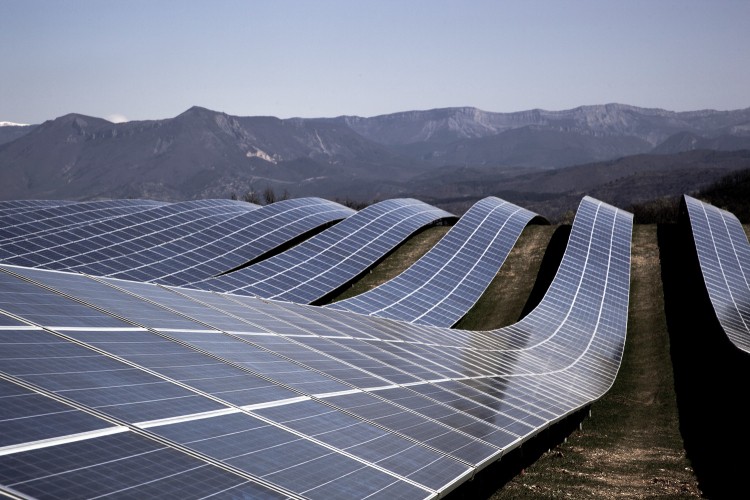This week, Duke Energy Florida announced that it will terminate all plans to build its Levy Nuclear Project.
And as part of a deal with the Florida Public Service Commission, the company will instead invest $6 billion in solar energy, smart meters, and grid modernization as well as electric vehicle (EV) charging stations and a battery storage pilot program.
Duke’s move reflects global trends that see surging growth for solar power as prices plummet, while increasingly uncompetitive nuclear power stagnates.
Note that Duke’s investment in batteries and EV chargers are core strategies for increasing solar penetration. Indeed, as Energy Secretary Rick Perry’s recent grid study explained, a fleet of vehicles or chargers can be used to shift load “in response to price signals or operational needs,” and in particular “vehicle charging could be shifted to the middle of the day to absorb high levels of solar generation and shifted away from evening hours when solar generation disappears and system net load peaks.”
Duke’s deal will add 700 megawatts (MW) of solar energy, which would, by itself, double total Florida solar capacity. Despite being called “the sunshine state,” Florida has historically lagged in solar investment.
But ongoing price drops have spurred other utilities in the state to start building 600 MW of their own new solar, which means Florida solar capacity will soon triple.
Meanwhile, new U.S. nuclear builds have stalled because the industry is so uneconomic that half of the country’s existing nuclear power plants are losing money.
Greentech Media’s Stephen Lacey reported last week that by year’s end “solar PV could rival global nuclear capacity,” and by 2022, it could double current nuke capacity. As Lacey notes, however, actual electricity generation is what matters most — since nuclear plants run at full capacity far more of the time, they still greatly out-generate solar. For now.


